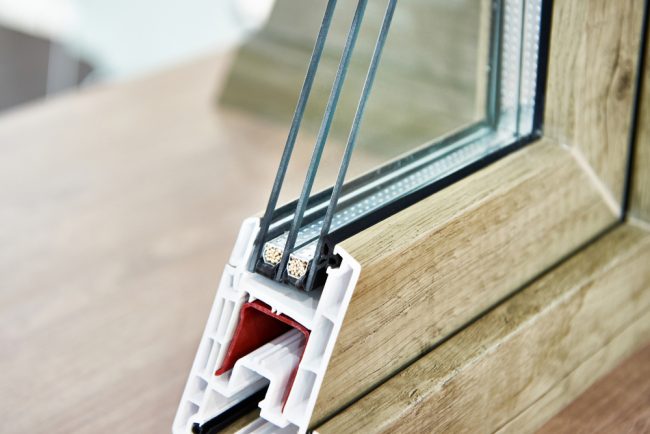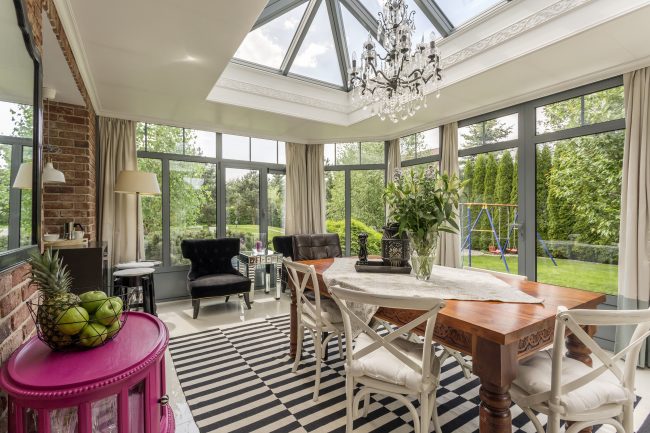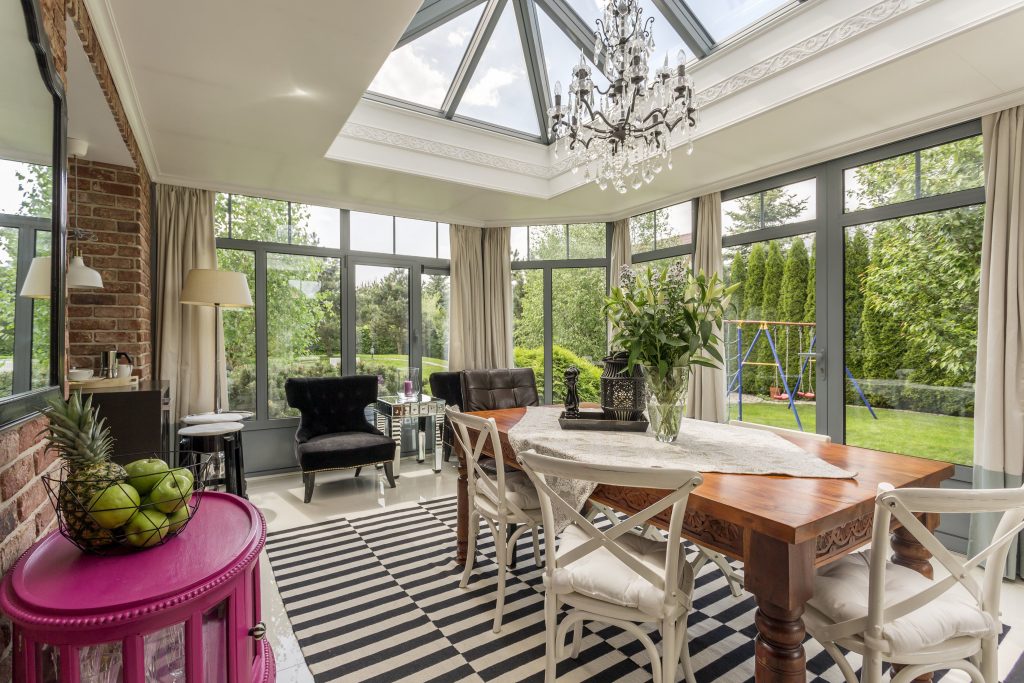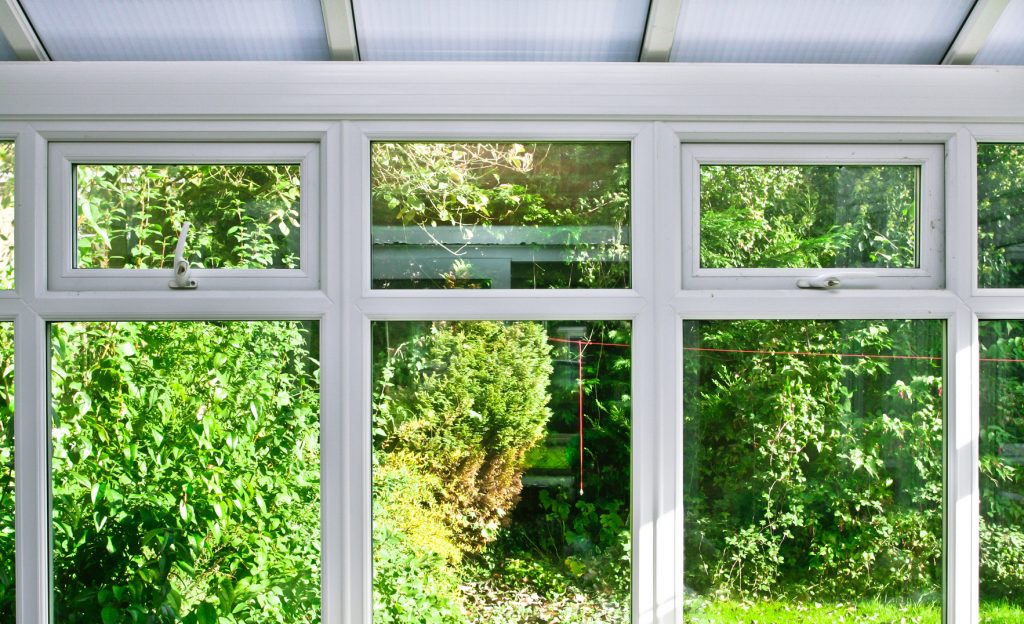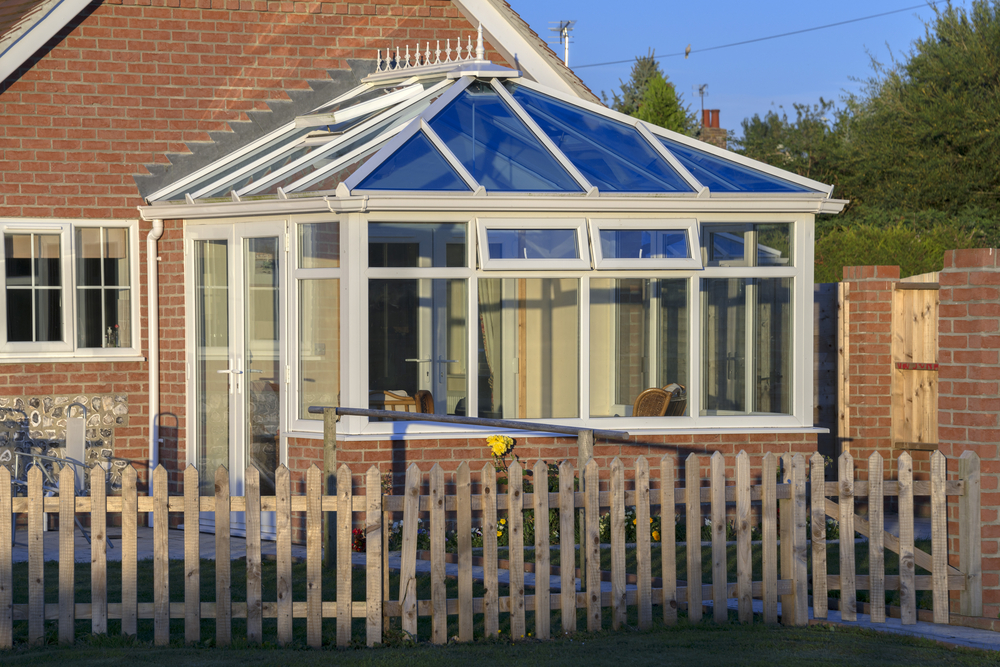Whether you are wanting to replace your windows, install a new front door, or even build a brand new conservatory, you will need to decide about what type of glazing you want to use.
No longer can you simply choose double glazing and be done with it, now you have the alternative option of triple glazing. Leaving you with the decision on whether to install Double or Triple glazed windows.
However, the question is – “Do you really need triple glazing, and is it worth the extra cost?”
What is triple glazing?
As its name suggests, triple glazing contains three, instead of two, panels of glass within a sealed frame. In between these panels, air will circulate, or insulating gases such as argon, which help to keep the cold weather out of your property and ensure any heat is retained.
Popular in cold climates, such as in Sweden and Canada, in the last decade or two, this type of glazing has started to increase in popularity in the UK. This is due to its many additional benefits.
Which type of glazing is better for my home?
Unfortunately, it is not as easy as simply stating which type of glazing is best, as there are many individual factors and concerns that you need to take into consideration when choosing between double and triple glazing.
Heat retention
Of course, one of the most important factors when deciding which glazing to choose for your home is how well they are able to insulate your property and keep it warm.
As you might have already guessed, triple glazing is more effective at retaining heat than double glazing, although there is absolutely nothing wrong with the way in which double glazing insulates your home, it is just that triple glazing goes one step further.
Keeping cool
Nearly as important as keeping your home warm, you also want to be able to ensure that your house doesn’t turn into a sauna when the sun starts to shine. This is particularly pertinent for properties that are south-facing.
Therefore, you want to pick windows that are able to control temperature, with this ability determined by the g-value. The lower the g-value of your chosen windows, the more effective they are at controlling the temperature in your home.
Triple glazed windows have an average g-value of 35%-63%, whereas double glazed windows are around 73%.
Security
When installing any new windows or doors, it is vital that you remember that these are access points to your home; therefore, they need to be as safe and secure as possible.

Triple glazing is stronger than double glazing due to the extra panel of glass, however, if you have an older property, the weight of triple glazing may be too much for your home to handle and could lead to substantial damage to your walls.
Affordability
A determining factor in nearly everyone’s decision-making process, it is important to ensure that you can comfortably afford the type of glazing that you choose for your home.
As more materials are needed to create and install triple glazing, it is more expensive than double glazing, that being said, you will recoup a lot of your investment in your monthly household outgoings as triple glazing has the ability to cut your energy bills by up to 50%.
If you are still unsure about which type of glazing is best for you and your home, or if you would like further information about the exact cost of installing double or triple glazing in your property, please do not hesitate to get in touch here.
